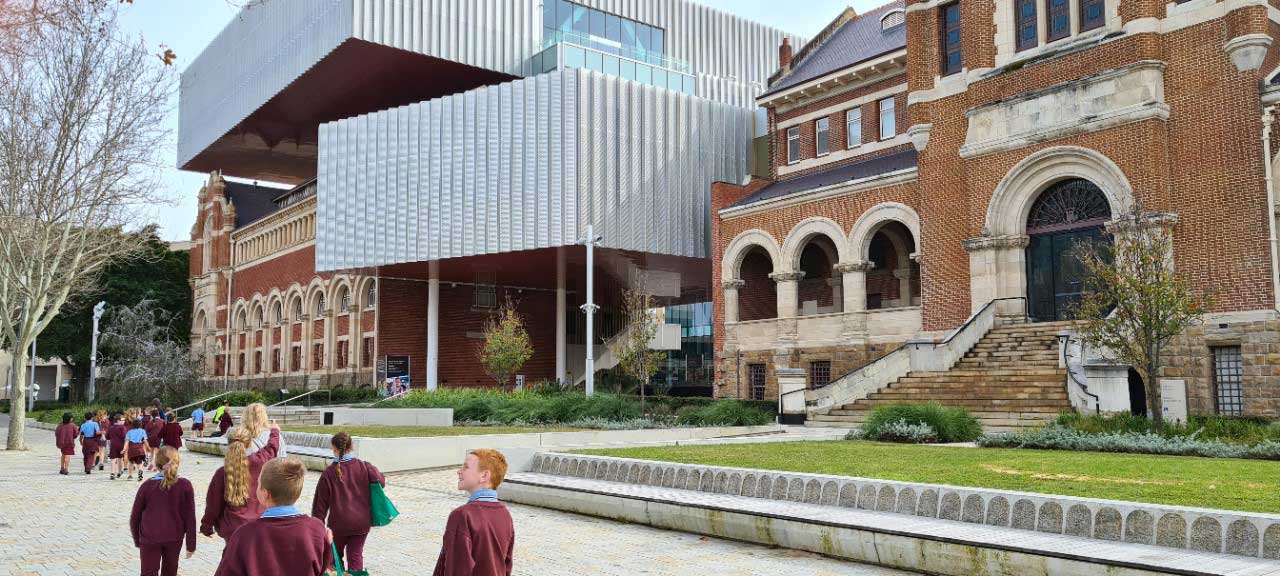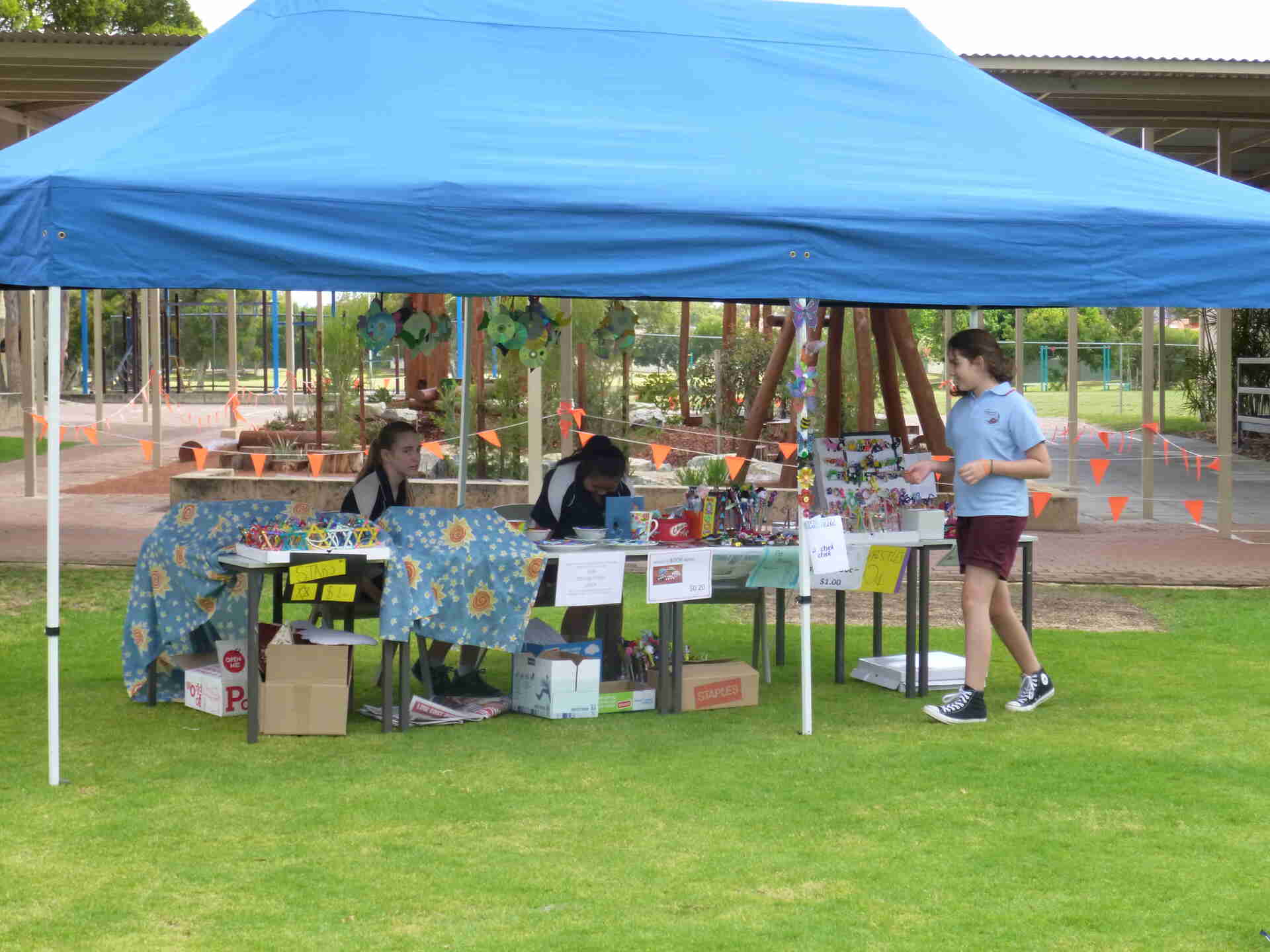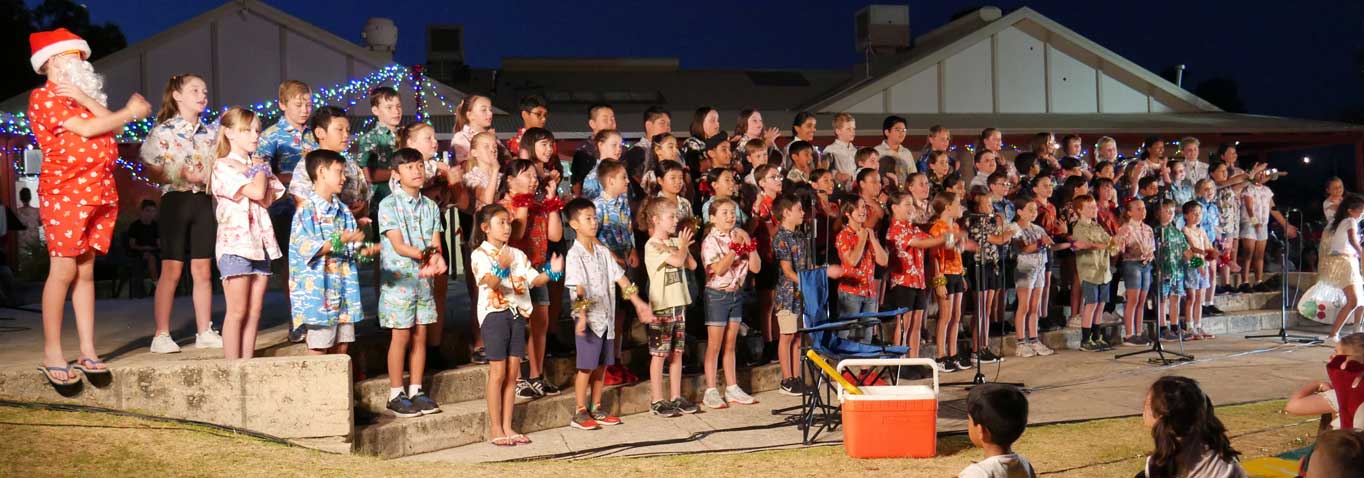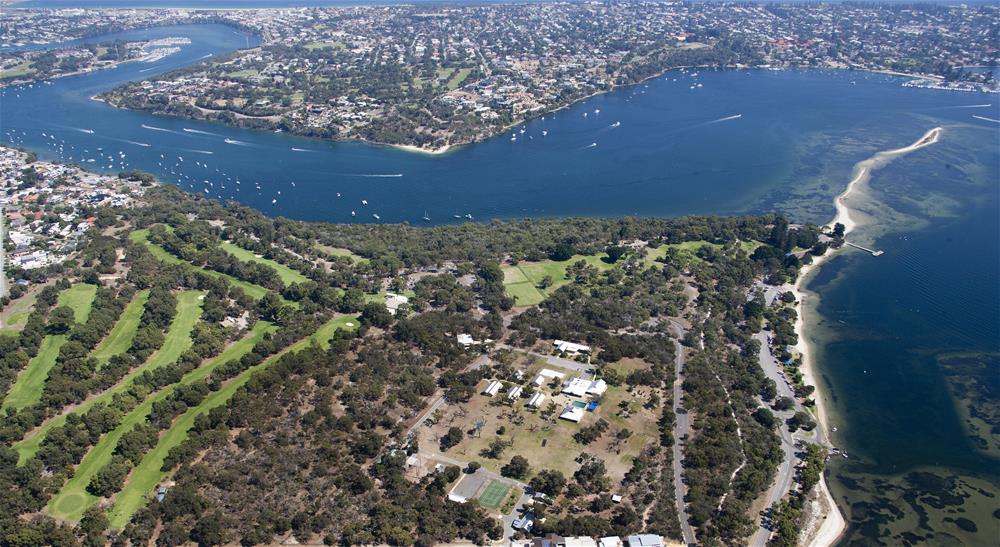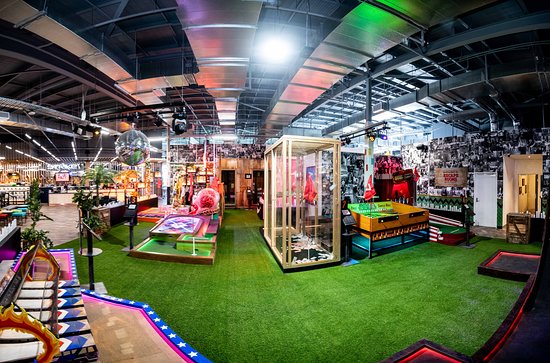Yesterday we went to the WA museum my group was Damien, Jackson and Riya. We first went into Studio 2 where we learned about photosynthesis and the past of Earth. While we were in the studio we looked at bacteria that gives oxygen in a microscope. We also experimented with a stone, sand, and a fizzy tablet.
After, Ryan, the instructor led the class where he showed us artefacts or meteors from the past in space. After Lunch, our class started to explore the museum. On level 1 we learned that some minerals can glow in certain lights, perrulla rocks are like beehives and the water changes the land gradually but slowly, it does. On the next level, we learned that lobsters sleep but only 1 night. Tim Tams was named after a famous Japanese person called Tim Tam. On the last level, we learned that Japan was doing an air invasion with Derby and Broome. In the last level, we learned that numbats are highly endangered but they’re only in Western Australia. On a digital board, it told us about crystals, from the board I learned that diamonds were first compacted in 1944. In the place called wildlife I learned the smell of red gum it smelt like a mint with a hint of basil and lime. The group also saw jars of dead animals which was a little gross.
After we went down the escalators and we went to the toilet, the Year 4’s went on the bus to head back to school.
I hope I get to go to the WA museum again, there are so many interesting things.
by Seren H
On the 8th of September, our year level went to the WA Museum. When we arrived at the museum we had recess then we went with Ryan to learn about the Archean Earth. After Ryan talked for a while, we used microscopes to look at some tiny plankton that had layers of sand and iron that took 300,000 years to naturally build up.
After we had lunch we went to have a look at the museum floor by floor. A few things we memorised were: The specimens of azurite and crystals were completely replaced by malachite. Water connects the Earth, sky and everything living. Mynniatta is also known as bush onion. About 375 million years ago, ranges in the East Kimberly were eroded. Salt has always been a part of the world’s atmosphere.
Finally, when we were done looking at the museum we gathered at our level and walked to the bus. On the way back to school Mrs Lloyd tested us on what we learned.
It was a great day and I felt wonderful.
by Iris O
When we arrived at WA Museum we had recess then we had an incursion. The man working there, Ryan told us about the Archean Earth and cyanobacteria through microscopes and we did an experiment with sand containing iron. Then we saw rocks 13,800,000,000 years old and we saw a giant iron meteorite that weighs 12 tons! We saw some crystals and diamonds. We then had lunch. After lunch, we saw Otto the blue whale. I saw a drawer that had dragonflies in it. I learned that the red knot bird is the bird that can fly the farthest. I also saw a button that imitates frog sounds. There was also a giant wrecking ball. There were also buttons made from a clam shell. Then I saw a model of a great white shark and a black swan. Finally, we went back to school.
by Davin T
Yesterday at the WA Museum excursion we did an activity and experiment on bacteria that make air and made the Earth we have today. We came to the excursion on a bus which was half yellow. Our teacher Ryan took us into the museum and into a space-themed room.
In the afternoon we explored the museum and remembered three things that we didn’t know before. The things remembered were a huge ice melt that flooded most of the land, stromatolites and whale hunting. I was in a group with Andrew, Connor, Ayden, and Zach. I enjoyed the Boola Bardip Excursion (WA Museum Excursion).
by Mitchell S
Photo Gallery
No Images.
Please upload images in images manager section. Click on Manage Images button on the right side of the gallery settings.
Please make sure that you didn't enabled option: Images of the Current Gallery. Option should have Show value to show images.









